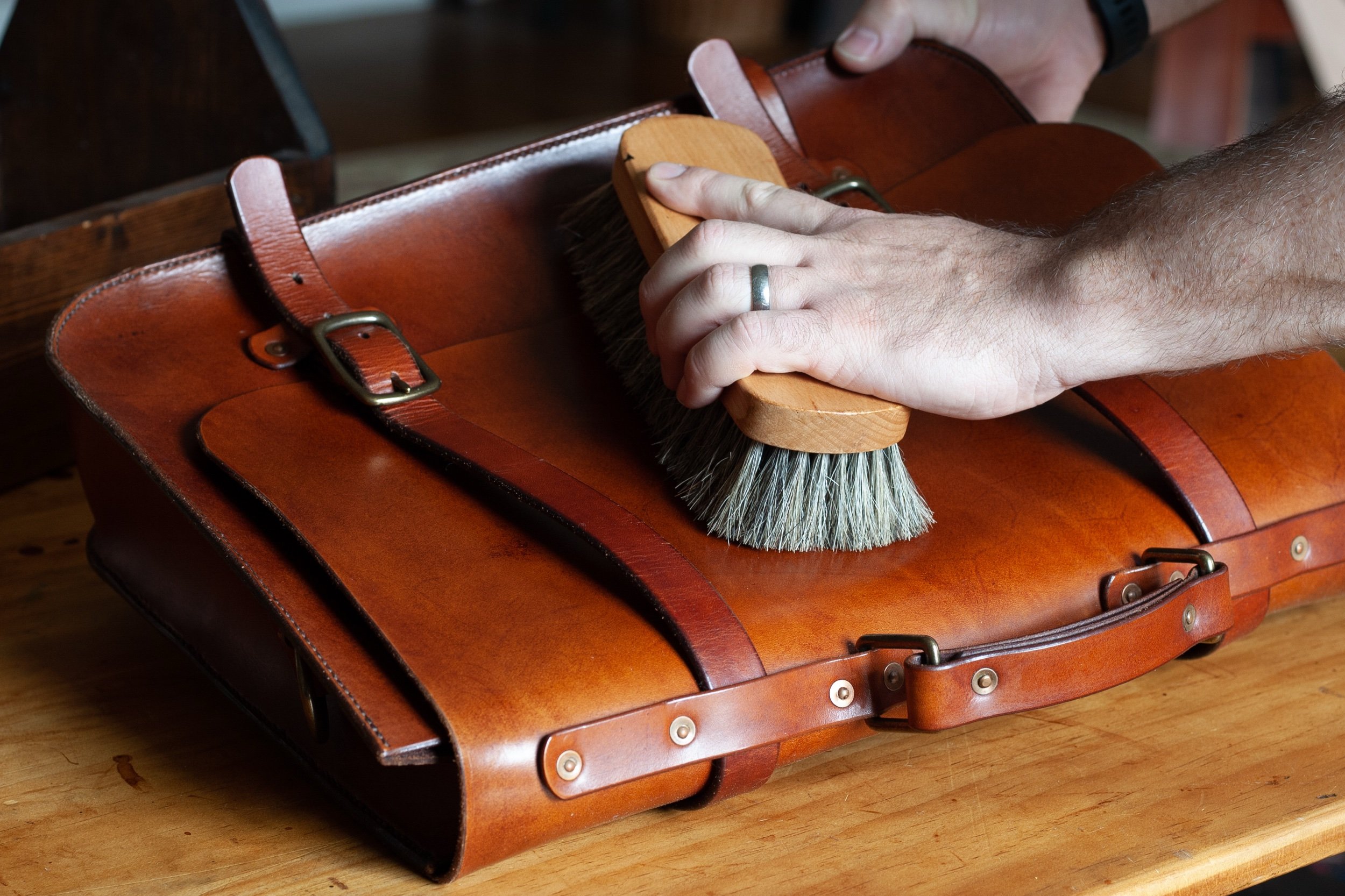Originally published Sept. 3rd, on the artist’s portfolio site.
This essay can be read as companion piece for Out Here, In the Unknown.
It's a hot day in late August.
I'm kneeling in the shallow end of the community pool with my arms stretched way out in front of me. Straight and steady. Just under the surface of the water.
Dozens of summer crazed kids are splashing all around me, but I remain completely still. Breathing calmly. A small smile on my face. Just out of my reach my daughter clings to the wall of the pool.
"Just let go. I promise I won't let you go under."
I'm trying to keep my voice soft even though this is a negotiation we've had many times before. She likes the pool. She likes the water.
"Come closer."
If I get any closer I'll just be holding her. There is maybe five inches between the tips of my fingers and the arc of her reach.
"I am not coming closer. You can do this. I'm right here."
She looks at me. She looks at her hands on the wall. I look back at her trying to will confidence into her. Just enough for a second of bravery. Just enough to light a little spark inside her.
"You can swim. Once you come out here you'll see. You can play with your friends and go off the diving board. You're going to have so much fun in the pool someday. But first I need you to let go of the wall..."
A day later I'm standing in my backyard. The heat index says it feels like 103. I can't imagine what the humidity is, but it feels brutal.
I'm working quickly. Being careful to keep my shadow on the paper in front of me. I've got just a few seconds to arrange everything before the sun changes it permanently. The yellow-green of the chemistry on the paper darkening to royal blue despite my efforts.
Self doubt clings to me like the water in the air. Pressing down on my neck and shoulders.
I breathe deeply. My hands reaching out, feeling for the right answers, a slight adjustment to the composition. I've got just one shot and the paper is already reacting to the sun so quickly.
This is the largest paper I've worked on. It feels like a risk. Finite resources spent. The doubt on my shoulders whispers This could be the last.
Is this a waste of time?
Will anyone care?
I've never met a muse. Never had a calling. I don't set out to say something when I make art.
Yet here I am. Knit brows wringing sweat from my forehead as I try to create something that feels right. I nudge the little paper circle a half an inch over and step away from the paper, withdrawing my sheltering shadow with me.
The full weight of the sun floods onto the surface of the paper. The paper reacts. From green-yellow to blue-grey. The image captured permanently in sun burnt iron molecules...
I'm sitting in my studio. The morning air outside is blessedly cooler.
I'm staring out at an expanse of deep, inky, blue.
My my whole body shakes a little as I rattle the paint pen to wake up the gold pigment inside.
My investment lays on the table before me. A sheet of paper, imbued with my time, money, my daydreams, and the thoughts that keep me up at night.
You don't know what you are doing. You aren't an artist. You can't draw. You can't paint. You should be doing something else. Something productive. Something that promises money. People want something else from you. Will anyone even care? What's the point? You are wasting your time with this.
I don't have any answers. I don't know why I'm doing this. I don't know if I'll get paid. I don't know how I would. I don't know where it's going to go. I don't know any galleries, or collectors, or wealthy patrons. I don't know if it will work. I don't even know if I can make what's in my head.
I shake the marker some more. A ritual. A prayer. Please don't fuck this up.
My hands steady. I take the cap off. I reach out with the pen. I let go of the wall.
And I'm swimming. Out here. In the unknown.
If you enjoyed reading this, please share it with someone who might enjoy it as well.


































